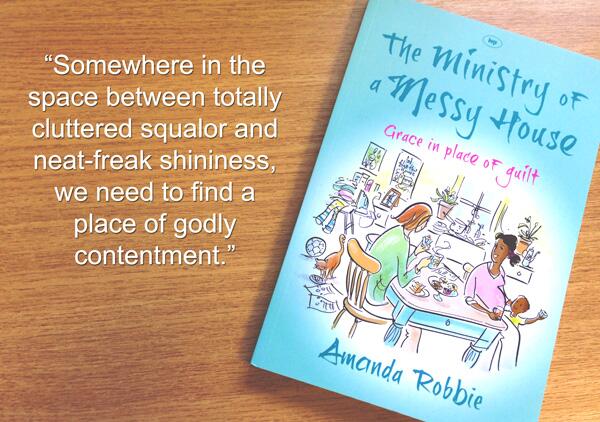Last night we had a great time at Messy Church – the next one in our series on the ‘I am’ sayings of Jesus. This time we were looking at ‘I am the True Vine’ and the craft team decided that they’d like one activity to be making playdough grapes to place on a vine drawn on a paper plate. The Vicar then volunteered me to make the playdough, knowing that I had a recipe up my sleeve.
Every playgroup leader has a recipe for playdough – that ubiquitous soft dough which mums hate to find in carpets. But many folk I’ve spoken to have found their homemade dough to be too sticky or oily. This recipe always seems to come out well, though, as long as you don’t mind your fingers getting a bit stained with food colouring. It lasts a few weeks if kept in an airtight box in the fridge.
- 1 cup (250ml) plain flour
- 1 cup (250ml) water
- 1/2 cup (125ml) salt
- 1 tablespoon oil
- 2 teaspoons cream of tartar
- Few drops food colouring
All you do is pop all the ingredients together in a pan (preferably non-stick) and heat it up, stirring, until the dough magically forms. You can also do it by heating it in a covered dish in the microwave for 1-2 minutes but it’s so fast on the stove top I use that method. Also, the food colouring can make the inside of a microwave dish look rather interesting.
I know these were meant to be grape coloured, but the local shop only sells colouring for pilau rice and Indian sweets, so the colours are a little lurid and approximate. For Messy Church I made a quadruple batch, which was ample. It’s great fun to hold and knead – we gave a couple of handfuls away to some of the teenage tearaways who were lurking in the church yard. One came in especially as he reckoned it would help him to deal with stress.

 Talking of my trip to Lidl, as I went into the shop a chap charmingly spat generously on the floor by his car, which his wife and child were sitting in. He looked shocked when I mentioned to him that his behaviour was both disgusting and a health hazard.
Talking of my trip to Lidl, as I went into the shop a chap charmingly spat generously on the floor by his car, which his wife and child were sitting in. He looked shocked when I mentioned to him that his behaviour was both disgusting and a health hazard.


 I have recently started leading regularly at our Junior Church. When I began, we were using materials which were tailored to a narrow age range and which were tied to the lectionary and sometimes seemed to miss the point of the passage.
I have recently started leading regularly at our Junior Church. When I began, we were using materials which were tailored to a narrow age range and which were tied to the lectionary and sometimes seemed to miss the point of the passage.






